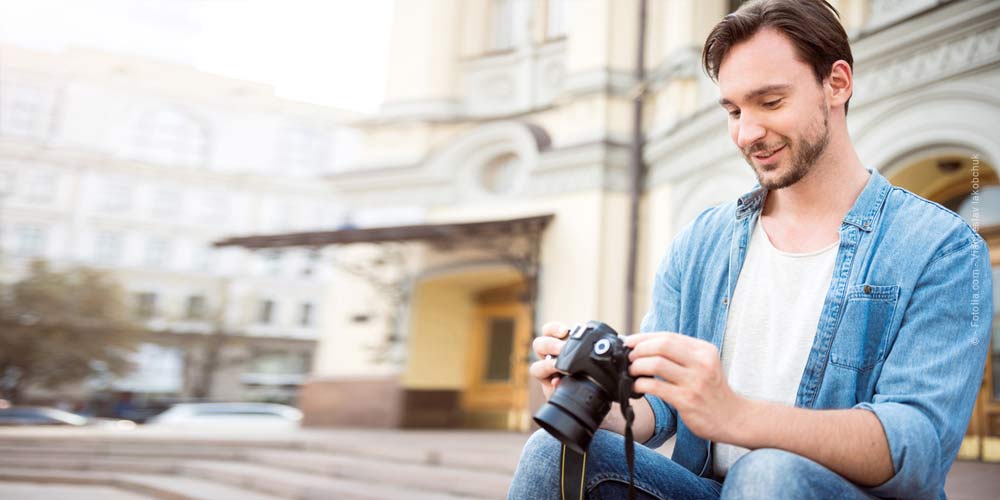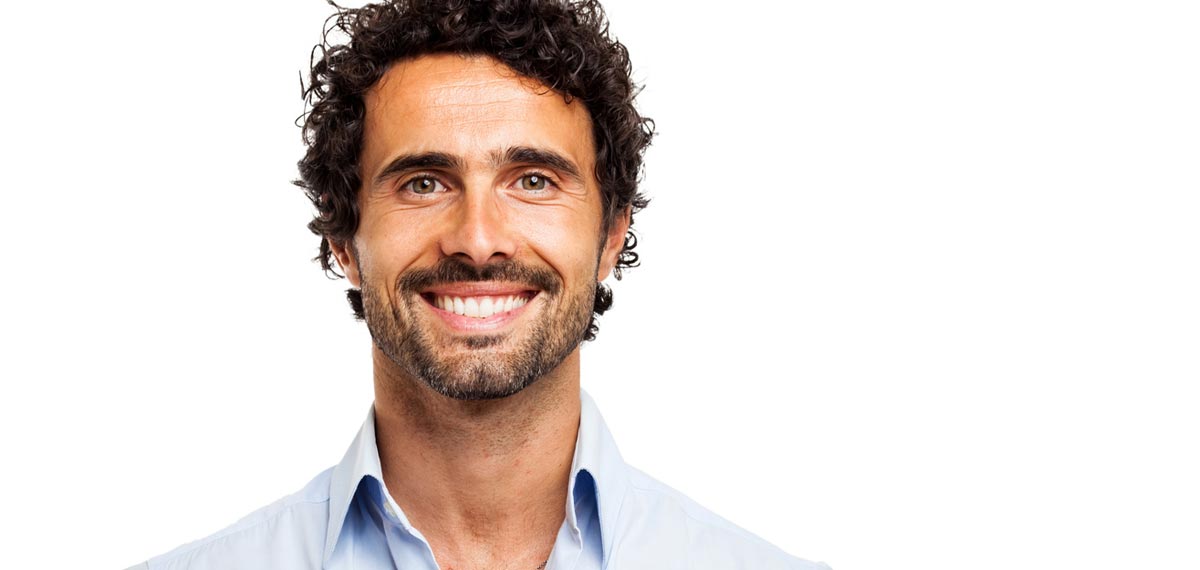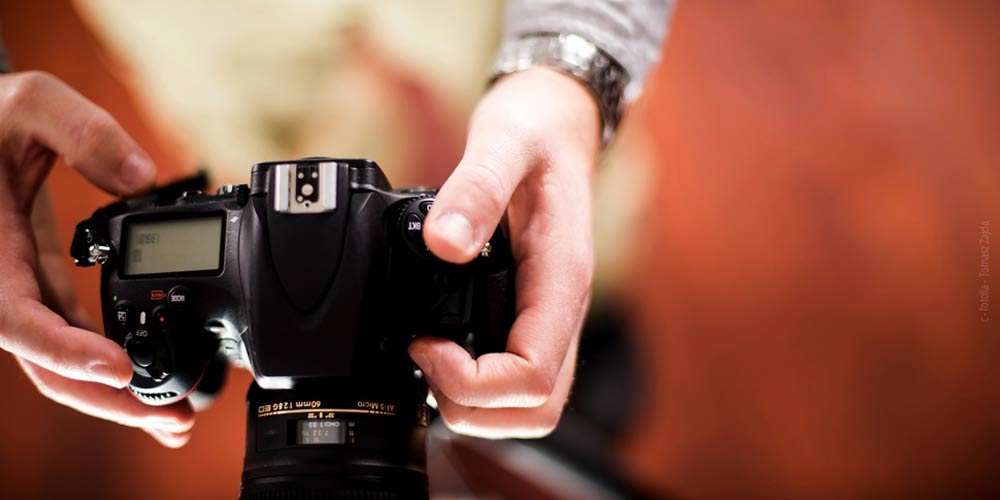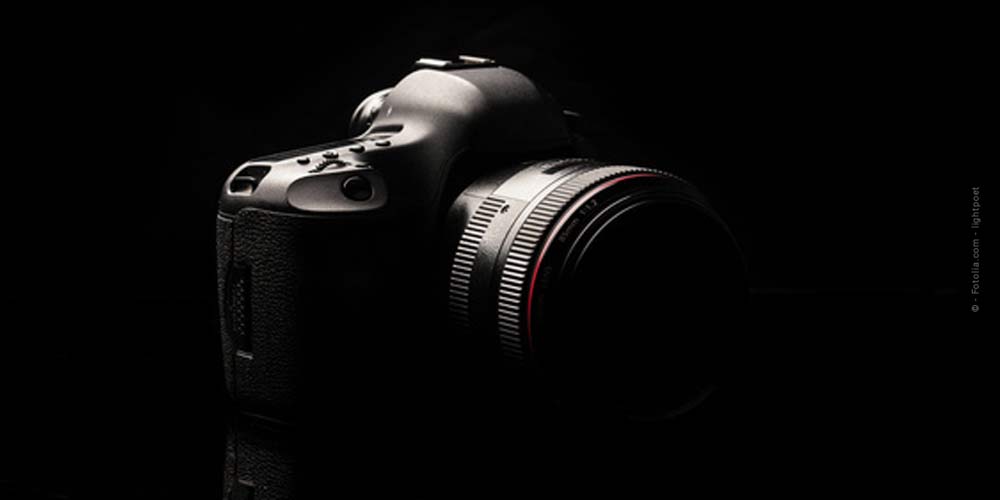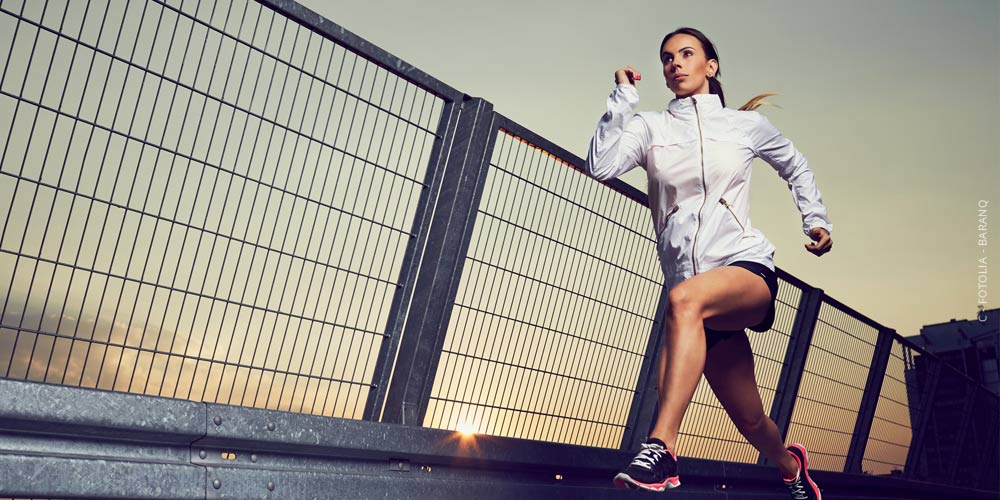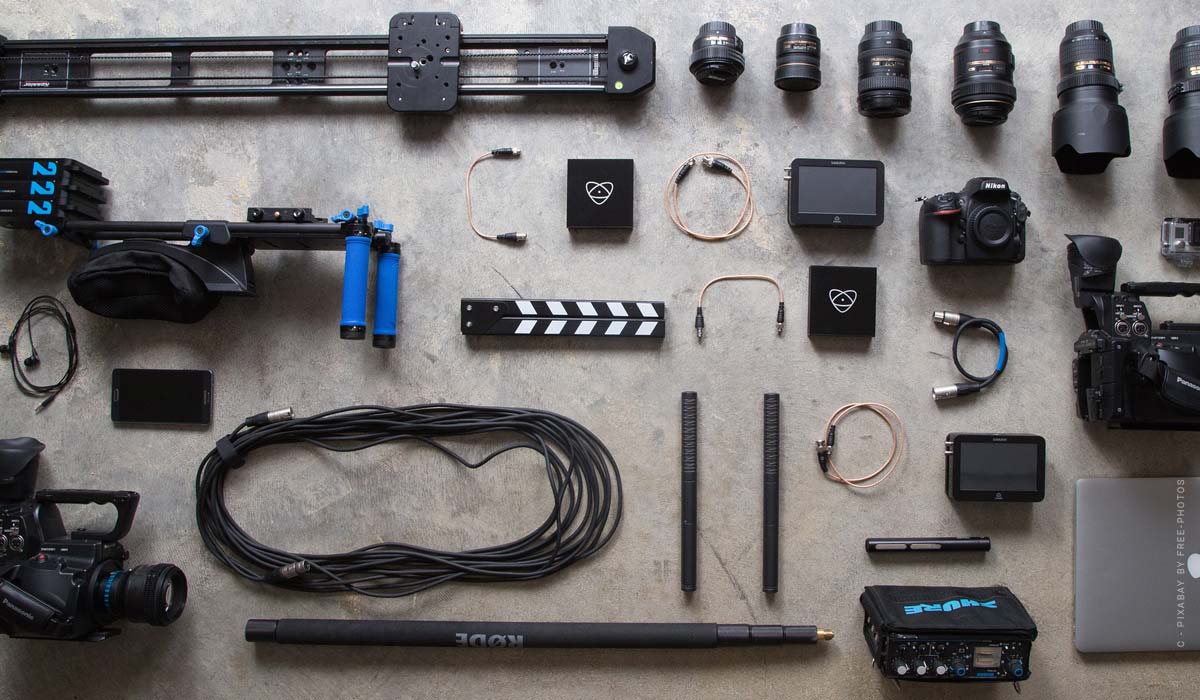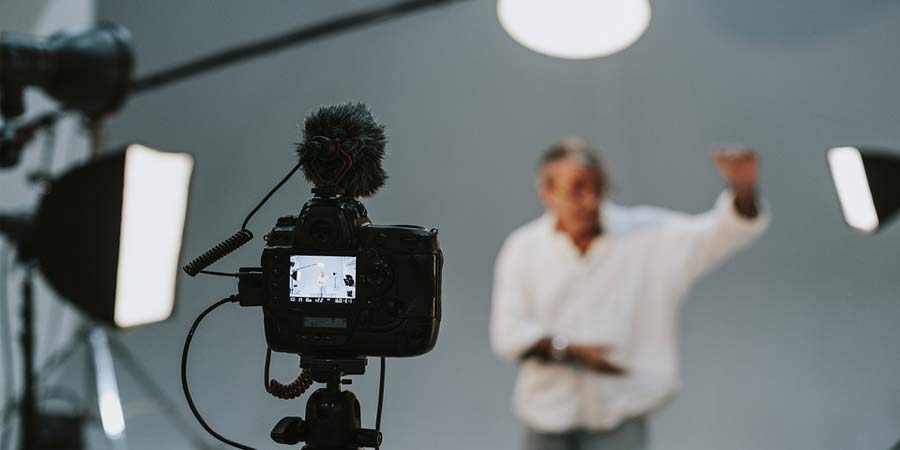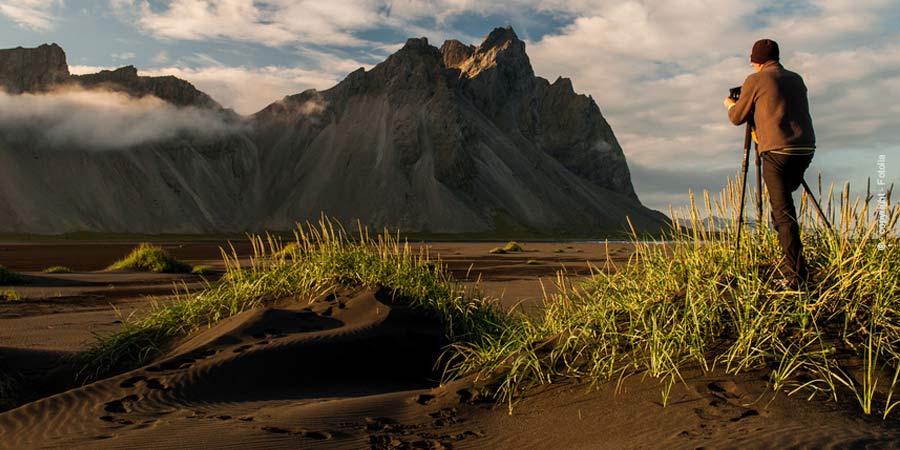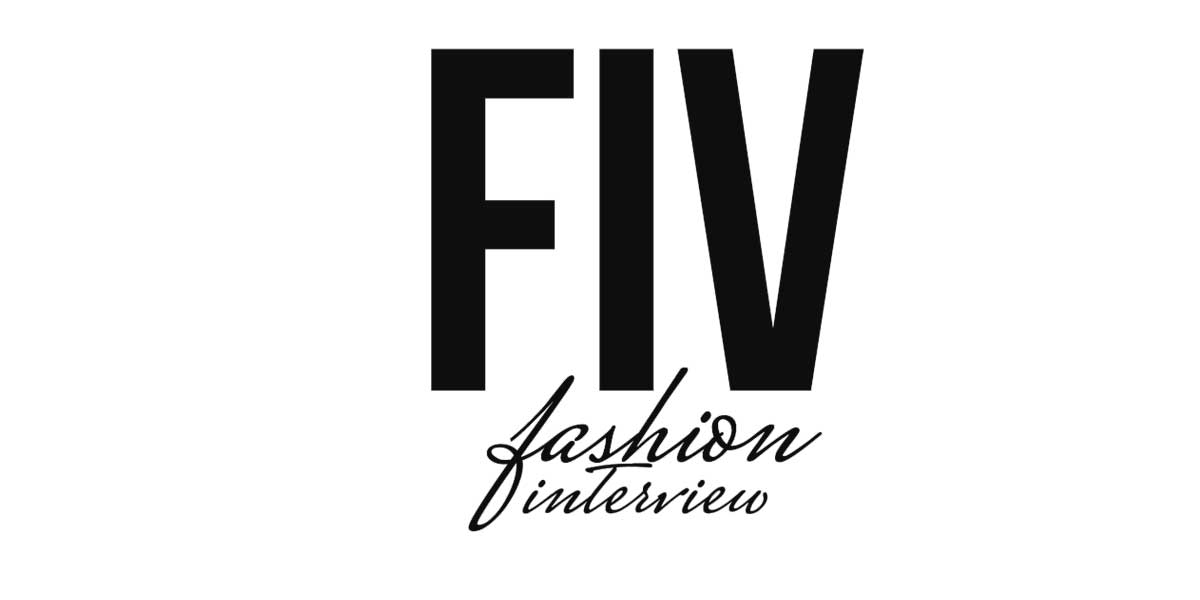Photography blog: Structure, care and topic – the interview with Roman Raatz
“Compressed knowledge” about analog photography is available from our photography expert Roman Raatz, who has been on the road with his camera for years and has acquired the corresponding know-how. On one of his websites, he has created a kind of textbook for photography beginners, because forums can often not help or confuse. His favourite subject is and remains analogue photography. How he became a blogger and how he keeps his blog up to date, you can read here.
Blogging and photography: How to start your photography blog?
FIV: Hello Roman, please briefly introduce your blog page to our readers!
Roman Raatz: Hello, my site is aimed at everyone who is interested in the “classical way” of photography, in other words: I am interested in analog photography. I write on analogue-fotografie.net many articles for the curious and beginners, but I do without a certain “sentimental” tone, because I do not reject modern technology. I am fascinated by the old technology and the high-quality results that can be achieved with it, and I believe that not a few will do the same. My site or my blog is supposed to provide a kind of “compressed” knowledge so that newcomers to analog photography can find their way around immediately.
FIV: How did you get started blogging and how much time does good blog maintenance take?
Roman Raatz: I had already created the first simple websites over 15 years ago. Early on, I liked the idea of being able to be present anywhere in the world with relatively little technical effort. I now run a total of four blogs on the subject of photography, each with a different focus. Today there are really great blog systems that simplify publishing and “management” a lot (unlike before).
I also design my own individual “designs” of the pages and I also enjoy programming them. Furthermore, answering comments is part of “blogging”. But I am also nobody who publishes articles every day. The preparation of a good, detailed contribution with representative photographs can also take a whole Sunday! It’s basically the same work a journalist does and, let’s not hide it, I’m also happy that I can earn some money by publishing on the Internet through advertising.
FIV: What is the focus of your blog page?
Roman Raatz: I frequently read Internet forums that deal with (analog) photography. Over the years, I have noticed that the same questions sometimes arise over and over again. I also have a lot of people in my circle of friends who take analog photos and that the same problems always occur here. I thought to myself: Now you just write down everything you have learned (laboriously) yourself over the last ten years in such a way that even beginners understand. So far, however, I am not finished with it by a long shot.
FIV: What fascinates you so much about analogue photography?
Roman Raatz: The most fascinating thing about analogue photography for me is undoubtedly the creation of unique pieces and “handicrafts”. Every hour thousands of photographs are taken anew and uploaded to the Internet. It becomes more and more difficult to understand this fleeting “flood of images”.
In the meantime, I may only press the shutter of one camera 12 times a month. Not even half of these negatives make it to the image stage of my enlarger (the most important device in my own photo lab). But from these pictures I then make hand prints in the small darkroom in the format approx. Din A2, to which I dedicate really much time. These photographs then naturally have a very high ideal status and on the side: such a “silver gelatine print” has a much higher value within a gallery, for example, than a profane print from a machine, which can be reproduced at any time at the push of a button.
Analog photography tips from the expert: basics, costs, technology
FIV: What 5 tips can you give our readers regarding good camera technology for analog images?
Roman Raatz:
Tip 1: The analog camera itself is just a lightproof “box” that keeps the lens and film parallel to each other. Such a camera should of course be capable of certain “basics” (e.g. have a good viewfinder or light well), is otherwise hardly relevant for a high-quality photography itself (in contrast to digital cameras). Much more important here is the lens and the film or how it is subsequently developed and processed.
Tip 2: Photographic film “loves” light and can capture it like a sponge. You should invest in a good manual exposure meter or at least not be afraid of overexposure: Only when even the darkest motif elements of a landscape, for example, gain “drawing” during exposure can a certain “tonality” be realized, which is only achieved by sufficiently long exposure. Of course, this is a conservative claim and quite a few photo artists deliberately disregard it and photograph, for example, in the “Film Noir” style.
Tip 3: What used to be a privilege for only a few people can now even be realized for students: the purchase of a (used) medium format camera. This larger format (in relation to the well-known 35 mm 35 mm camera) exposes the so-called (larger) roll film type 120, which is still available in various makes. Especially if a high level of detail is important in landscape photography, for example, one should look around for such a medium format camera.
Tip 4: At least you should develop your own b/w film. You shouldn’t think that the negatives just come out of the camera after exposure. The film must first undergo a certain chemical procedure. And this can also be done at home in the bathroom with very little equipment. The quality achievable here will be at least as high as that of the drugstore, usually better.
Tip 5: The eye of the needle – is the scanner if the films are to be digitized. Good analog cameras sometimes cost only pocket money, but actually usable negative scanners are relatively expensive. Films can only be “brought to the computer” with very special scanners in reasonable quality. Used you are here from about 150 euros. A new scanner, which is suitable for films and reaches the full resolution, already costs about 500 Euro. This is a lot of money already. But for those who develop their B/W prints in their own darkroom, all this should be the same.
FIV: Which photographer are you looking up to, or who impresses you and is a “model photographer” for you?
Roman Raatz I myself only like the image of man when it is portrayed within a certain milieu, as August Sander staged it almost a hundred years ago. In general, I only follow photographers who have dedicated themselves to a very special topic over a longer period of time. I can derive a lot from the work of the graduates of the so-called Düsseldorf School of Photography, especially the photographs of Simone Nieweg. Such pictures are more about a concept that the viewer has to get involved with than about the unconditional representation of something “great” in compressed form (in only one picture). In this context I also like the photographs of Heinrich Riebesehl.
For more information about analogue photography please visit Roman Raatz
We thank Roman Raatz for the interesting interview!
